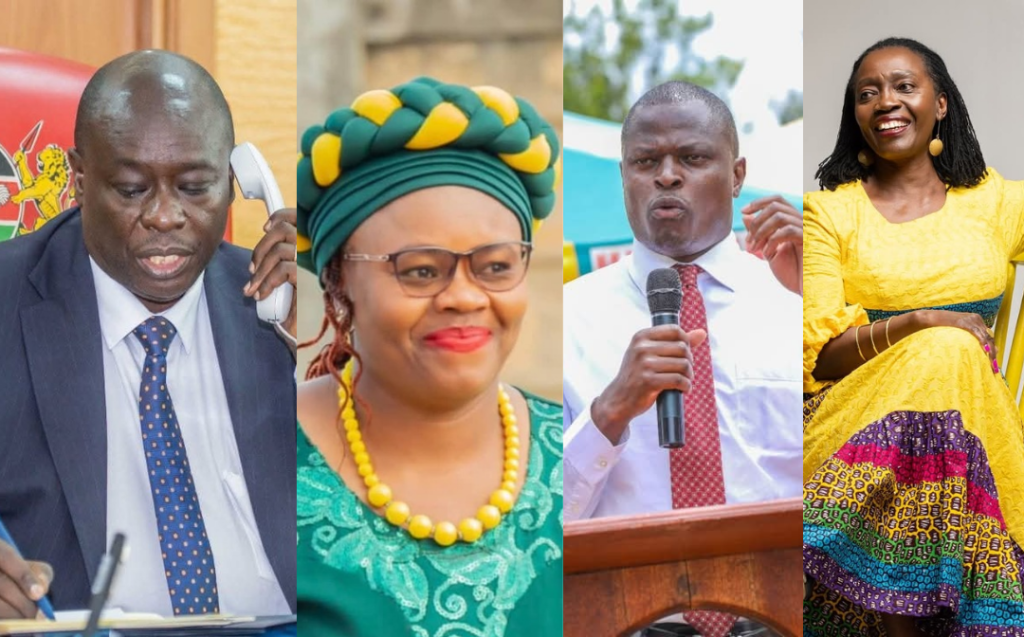The Mt. Kenya region, historically known for voting as a bloc in most general elections, stands at a political crossroads ahead of the 2027 elections. Analysts argue that the region learned a significant lesson from the 1992 general elections when Kenneth Matiba and Mwai Kibaki split the Mt. Kenya vote, allowing President Daniel arap Moi to secure victory with 1.9 million votes against Matiba’s 1.4 million and Kibaki’s 1 million. Since then, Mt. Kenya has largely voted as a united front, rallying behind one political kingpin and electing representatives from a dominant party.
In 2022, the region overwhelmingly supported the United Democratic Alliance (UDA), just as it did with the Jubilee Party in 2013 and 2017. However, a major political shift began after the impeachment of former Deputy President Rigathi Gachagua. He later remarked that Mt. Kenya’s biggest mistake was joining government without their own political party, asserting that UDA belonged to President William Ruto. This statement triggered political divisions, with some leaders remaining loyal to UDA while others aligned themselves with Gachagua.
As a result, Mt. Kenya has witnessed a growing number of political parties. The former Deputy President has already announced plans to launch his own party by May 2025. Additionally, veteran politician Martha Karua has launched the People’s Liberation Party (PLP). Other politicians in the region also lead their own parties, including CS William Kabogo’s Tujibebe Party, Hon. Moses Kuria’s Chama Cha Kazi, Hon. Mwangi Kiunjuri’s The Service Party, Hon. Mwangi wa Iria’s Usawa Kwa Wote Party, and Hon. Thuo Mathenge’s The New Democrats Party.
Despite this array of existing parties, rumors suggest that even more could emerge. Gachagua has accused President Ruto of sponsoring multiple parties to divide the Mt. Kenya vote. Meanwhile, key political figures such as Hon. Ndindi Nyoro and Hon. Gathoni Wamuchomba are rumored to be in the process of launching their own parties. Reports indicate that Nyoro may have registered a political party with Embakasi East MP Babu Owino, while Wamuchomba is said to be considering distancing herself from the “Wamunyoro” political strategy.
The critical questions now arise: Will these parties unite to form a formidable alliance, or will they compete separately? Which party will command the highest support among Mt. Kenya residents? Will the region ever vote as a bloc again? Could this mark the end of the traditional trend of electing representatives from the same party?
As 2027 approaches, political realignments will shape the future of Mt. Kenya’s influence in national politics. With this being a year of political strategies and maneuvering, only time will tell how the region’s political landscape will evolve


